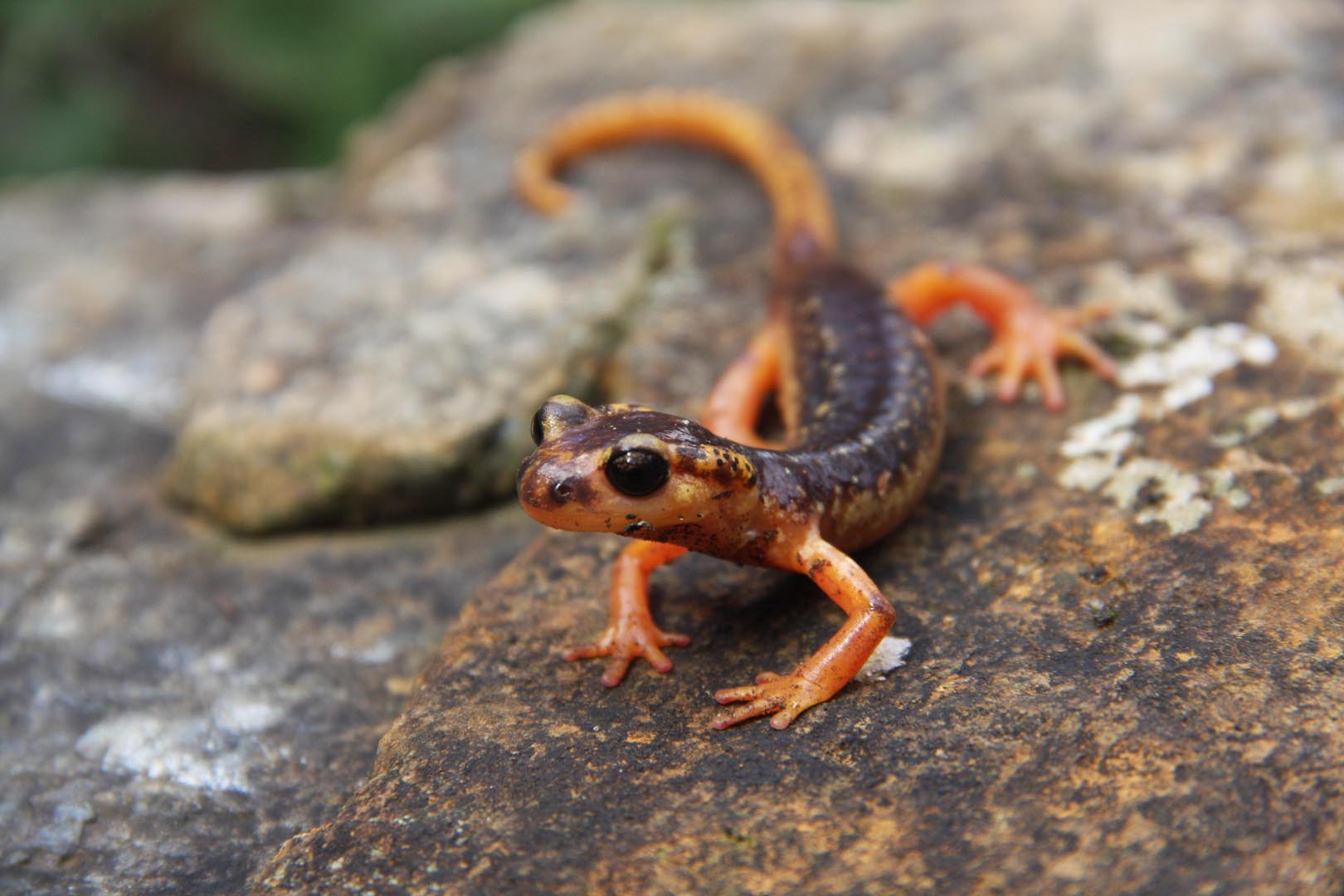
Only seven species of Lycian salamander exist in the world, and they are found in Muğla, Antalya, and some Aegean islands. They are endemic to the Mediterranean Basin and live in shrubland and pine forests. The habitat of the Marmaris Salamander, a type of Lycian salamander (Lyciasalamandra flavimembris), is confined to a small area near Muğla in Turkey. According to the Red List published by the International Union for the Conservation of Nature (IUCN), the Marmaris Salamander’s population is in decline, and it is classed as “Endangered (EN).”
Irregular rains and temperature fluctuations caused by climate change, forest fires, habitat loss, roads that disrupt habitats and removal from nature are the primary threats to the survival of these species. Additionally, rubbish left behind by picnickers and campers, rubble tipping, household waste, and agricultural fertilisers and chemicals lead to decreased populations of creatures that the species feeds on, thus threatening the Marmaris Salamander’s own existence.
The Mediterranean Conservation Society is working towards understanding the population structure and dynamics of the Marmaris Salamander (breeding phenology, population size and density, etc.) as well as ascertaining its distribution and the threats posed against its habitat. The results of these studies provide a scientific foundation for species action plans and local area management plans. Promotional and educational activities targeted at various age and interest groups are organised on a local level to raise awareness regarding the species.


